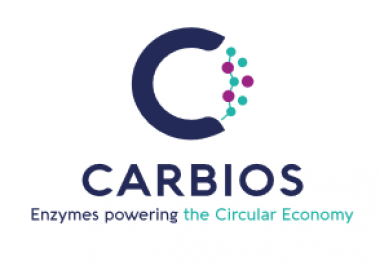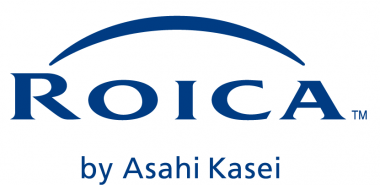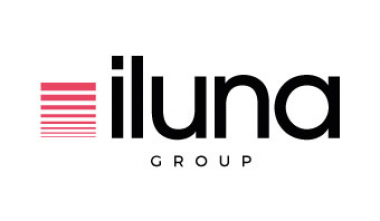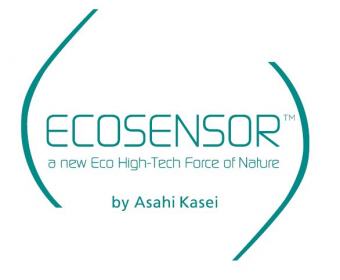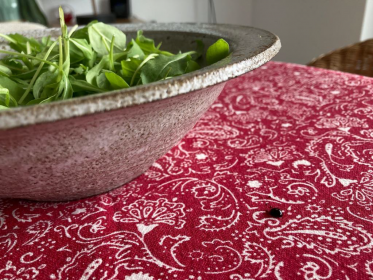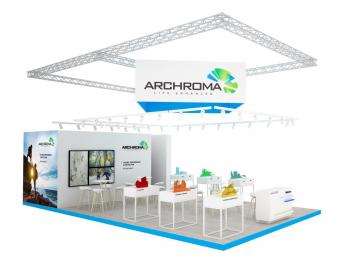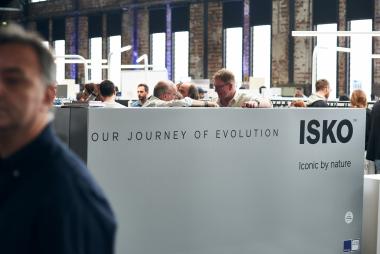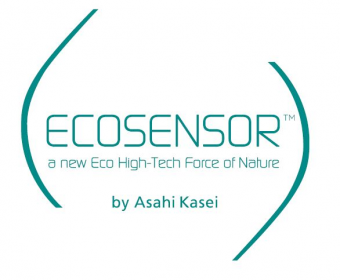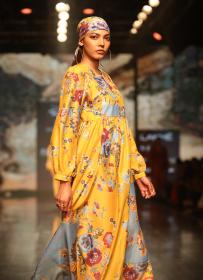U.S. Cotton Trust Protocol als Mitglied von ISEAL bestätigt
Das U.S. Cotton Trust Protocol wurde nach einem sorgfältigen Aufnahmeverfahren und achtzehn Monate nach seiner Gründung als Mitglied von ISEAL anerkannt.
ISEAL ist eine globale Mitgliedsorganisation, die anerkannte Nachhaltigkeitsinitiativen in ihrer Arbeit unterstützt, mit dem Ziel, eine größere Wirkung zu erzielen und Märkte zu schaffen, die positive Entwicklungen fördern. Die Organisation konzentriert sich auf eine Vielzahl globaler Herausforderungen, wie z. B. die Klimakrise, die Bedrohung der Artenvielfalt und Menschenrechtsfragen. ISEAL arbeitet daran, glaubwürdige Praktiken für Nachhaltigkeit zu definieren, die Zusammenarbeit und den Erfahrungsaustausch zu fördern, Fachwissen und Schulungen anzubieten sowie Innovationen zur Stärkung von Nachhaltigkeitsinitiativen zu fördern.
„Ich freue mich sehr, dem U.S. Cotton Trust Protocol zur Aufnahme als ISEAL-Mitglied gratulieren zu dürfen", sagte Karin Kreider, Geschäftsführerin der Organisation. „Das Trust Protocol unterstützt Baumwollproduzenten bei der Entwicklung maßgeschneiderter Managementpläne zur Verbesserung ihrer Nachhaltigkeit, und eine innovative Nutzung von Daten und Kennzahlen ermöglicht Erfolgsmessungen über die Zeit. Wir freuen uns über einen neuen Blickwinkel in der ISEAL-Community und ein weiteres Mitglied, das sich für die Verbesserung der Nachhaltigkeitsergebnisse im Baumwollsektor einsetzt.“
Die Mitglieder von ISEAL verpflichten sich dazu, ihre Vorgehensweise durch kontinuierliches Lernen und Innovation zu verbessern, wobei der Fokus hier auf der Zusammenarbeit liegt. Außerdem müssen sie transparent machen, wie ihre Programme funktionieren und wie sie deren Auswirkungen messen.
Das Trust Protocol ist eine Nachhaltigkeitsinitiative für Baumwollfasern, die quantifizierbare und überprüfbare Ziele und Messungen vorsieht und eine kontinuierliche Verbesserung sechs zentraler Nachhaltigkeitskennzahlen anstrebt – Landnutzung, Bodenkohlenstoff, Wassermanagement, Bodenverlust, Treibhausgasemissionen und Energieeffizienz. Außerdem ist es eine nachhaltige Baumwollfaser, die ihren Mitgliedern mit der Protocol Consumption Management Solution Transparenz in der Lieferkette bis zur Auslage bietet.
U.S. Cotton Trust Protocol / Hill+Knowlton Strategies GmbH












